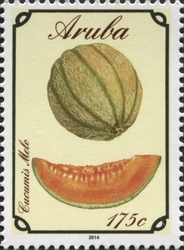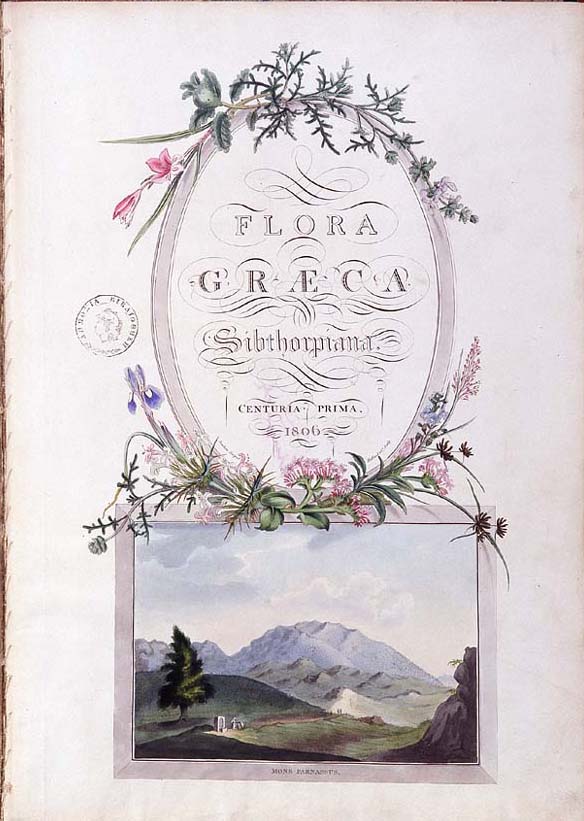Stamp: Cucumis melo (Aruba 2014)
Cucumis melo (Aruba 2014)
26 September (Aruba ) within release Native Fruits goes into circulation Stamp Cucumis melo face value 1.75 Aruban florin
| Stamp Cucumis melo in catalogues | |
|---|---|
| WADP Numbering System - WNS: | WAD:AW054.14 |
Stamp is vertical format.
Also in the issue Native Fruits:
- Stamp - Citrullus lanatus face value 1.75;
- Stamp - Carica papaya face value 1.75;
- Stamp - Mangifera indica face value 1.75;
- Stamp - Annona muricata face value 1.75;
- Stamp - Musa acuminata face value 1.75;
- Stamp - Cucumis melo face value 1.75;
- Stamp - Anacardium occidentale face value 1.75;
- Stamp - Punica granatum face value 1.75;
|
Data entry completed
80%
|
|
|---|---|
| Stamp Cucumis melo in digits | |
| Country: | Aruba |
| Date: | 2014-09-26 |
| Size: | 26 x 36 |
| Perforation: | 14 by 14 |
| Format: | Stamp |
| Face Value: | 1.75 Aruban florin |
Stamp Cucumis melo it reflects the thematic directions:
Flora (pl.: floras or florae) is all the plant life present in a particular region or time, generally the naturally occurring (indigenous) native plants. The corresponding term for animals is fauna, and for fungi, it is funga. Sometimes bacteria and fungi are also referred to as flora as in the terms gut flora or skin flora
In botany, a fruit is the seed-bearing structure in flowering plants (also known as angiosperms) formed from the ovary after flowering. Fruits are the means by which angiosperms disseminate seeds. Edible fruits, in particular, have propagated with the movements of humans and animals in a symbiotic relationship as a means for seed dispersal and nutrition; in fact, humans and many animals have become dependent on fruits as a source of food. Accordingly, fruits account for a substantial fraction of the world's agricultural output, and some (such as the apple and the pomegranate) have acquired extensive cultural and symbolic meanings. In common language usage, "fruit" normally means the fleshy seed-associated structures of a plant that are sweet or sour, and edible in the raw state, such as apples, bananas, grapes, lemons, oranges, and strawberries. On the other hand, in botanical usage, "fruit" includes many structures that are not commonly called "fruits", such as bean pods, corn kernels, tomatoes, and wheat grains. The section of a fungus that produces spores is also called a fruiting body.


